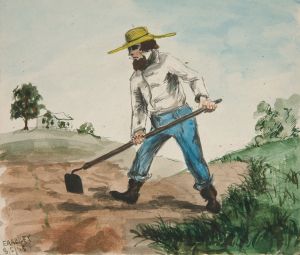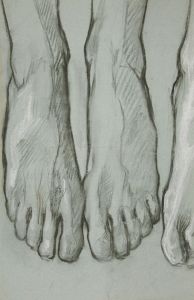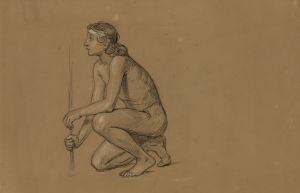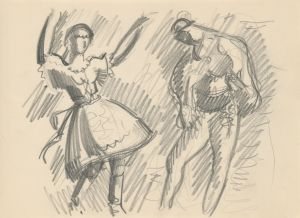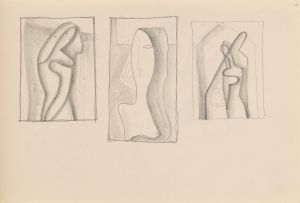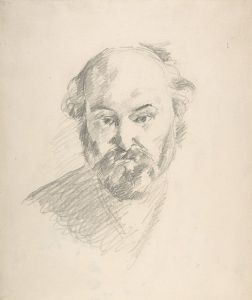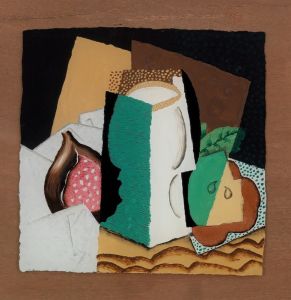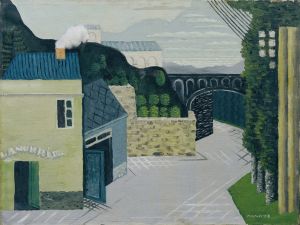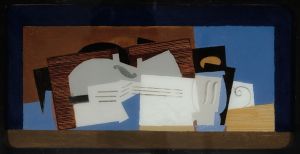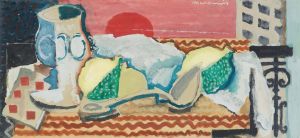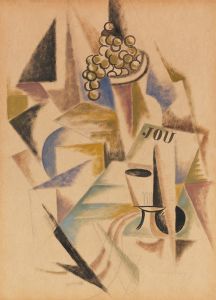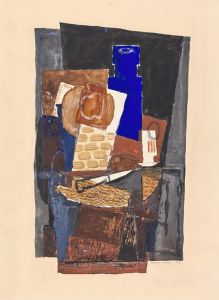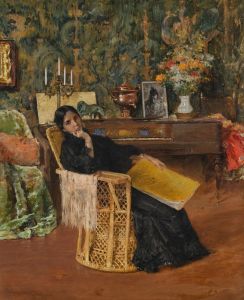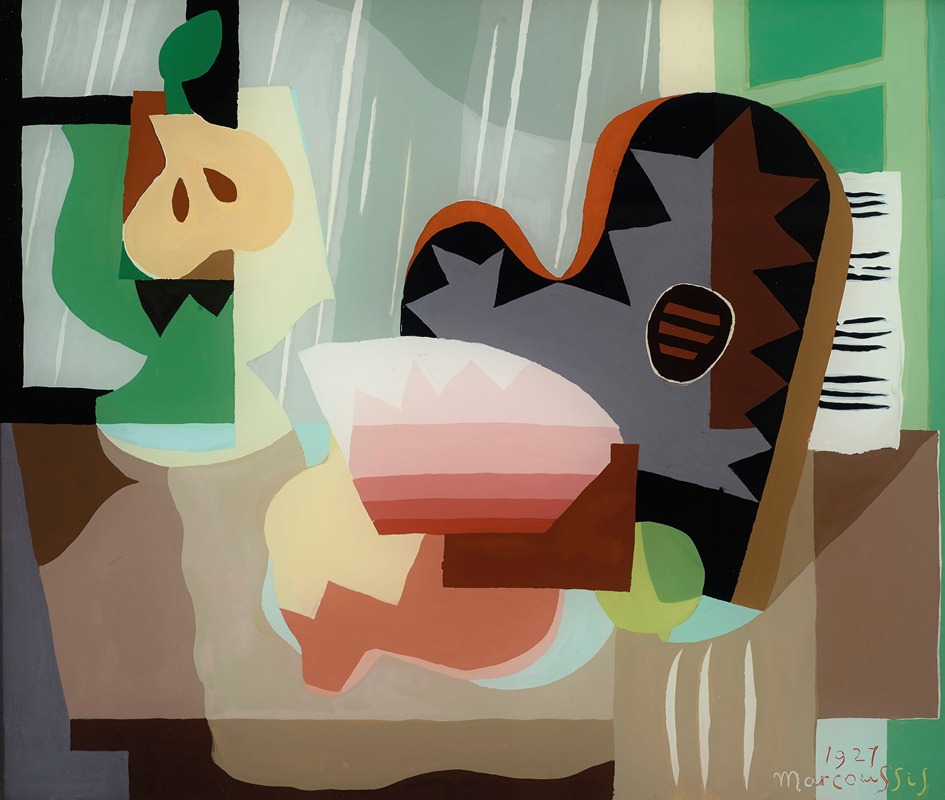
Nature morte à la palette
A hand-painted replica of Louis Marcoussis’s masterpiece Nature morte à la palette, meticulously crafted by professional artists to capture the true essence of the original. Each piece is created with museum-quality canvas and rare mineral pigments, carefully painted by experienced artists with delicate brushstrokes and rich, layered colors to perfectly recreate the texture of the original artwork. Unlike machine-printed reproductions, this hand-painted version brings the painting to life, infused with the artist’s emotions and skill in every stroke. Whether for personal collection or home decoration, it instantly elevates the artistic atmosphere of any space.
Louis Marcoussis was a Polish-French painter and engraver associated with the Cubist movement. Born Ludwik Kazimierz Wladyslaw Markus in Warsaw in 1878, he moved to Paris in 1903, where he became part of the vibrant artistic community. Marcoussis is best known for his still lifes and portraits, which often incorporate elements of Cubism, a style characterized by fragmented and abstracted forms.
"Nature morte à la palette" is one of Marcoussis's notable works, exemplifying his skillful use of Cubist techniques. The painting, whose title translates to "Still Life with Palette," reflects Marcoussis's interest in the interplay between objects and space, a hallmark of Cubist art. In this work, Marcoussis employs a muted color palette, typical of his style, which often includes shades of brown, gray, and ochre. This restrained use of color allows the viewer to focus on the composition and the geometric arrangement of forms.
The painting features a collection of objects commonly found in an artist's studio, such as a palette, brushes, and possibly other tools of the trade. These items are depicted in a fragmented manner, with overlapping planes and intersecting lines that create a sense of depth and movement. This approach is characteristic of Synthetic Cubism, a phase of the Cubist movement that sought to synthesize different viewpoints into a cohesive whole. Marcoussis's work often blurs the line between representation and abstraction, inviting viewers to engage with the painting on both a visual and intellectual level.
Marcoussis's involvement with the Cubist movement placed him among some of the most influential artists of the early 20th century. He was associated with figures such as Pablo Picasso and Georges Braque, who were pioneers of Cubism. Through his work, Marcoussis contributed to the development of this revolutionary art form, which challenged traditional perspectives and representation in art.
"Nature morte à la palette" is a testament to Marcoussis's mastery of Cubist principles and his ability to convey complex ideas through simple, everyday objects. The painting reflects his interest in the relationship between form and space, as well as his commitment to exploring new ways of seeing and representing the world. Marcoussis's work continues to be celebrated for its innovative approach and its contribution to the broader narrative of modern art.
Throughout his career, Marcoussis exhibited his work in various prestigious venues, gaining recognition for his unique style and artistic vision. His paintings and engravings are held in numerous public and private collections, ensuring that his legacy endures. "Nature morte à la palette" remains an important piece within Marcoussis's oeuvre, exemplifying the artist's engagement with Cubism and his exploration of the still life genre.
In summary, "Nature morte à la palette" by Louis Marcoussis is a significant work that highlights the artist's contribution to the Cubist movement. Through his innovative use of form and composition, Marcoussis invites viewers to reconsider the way they perceive and interpret the world around them.





